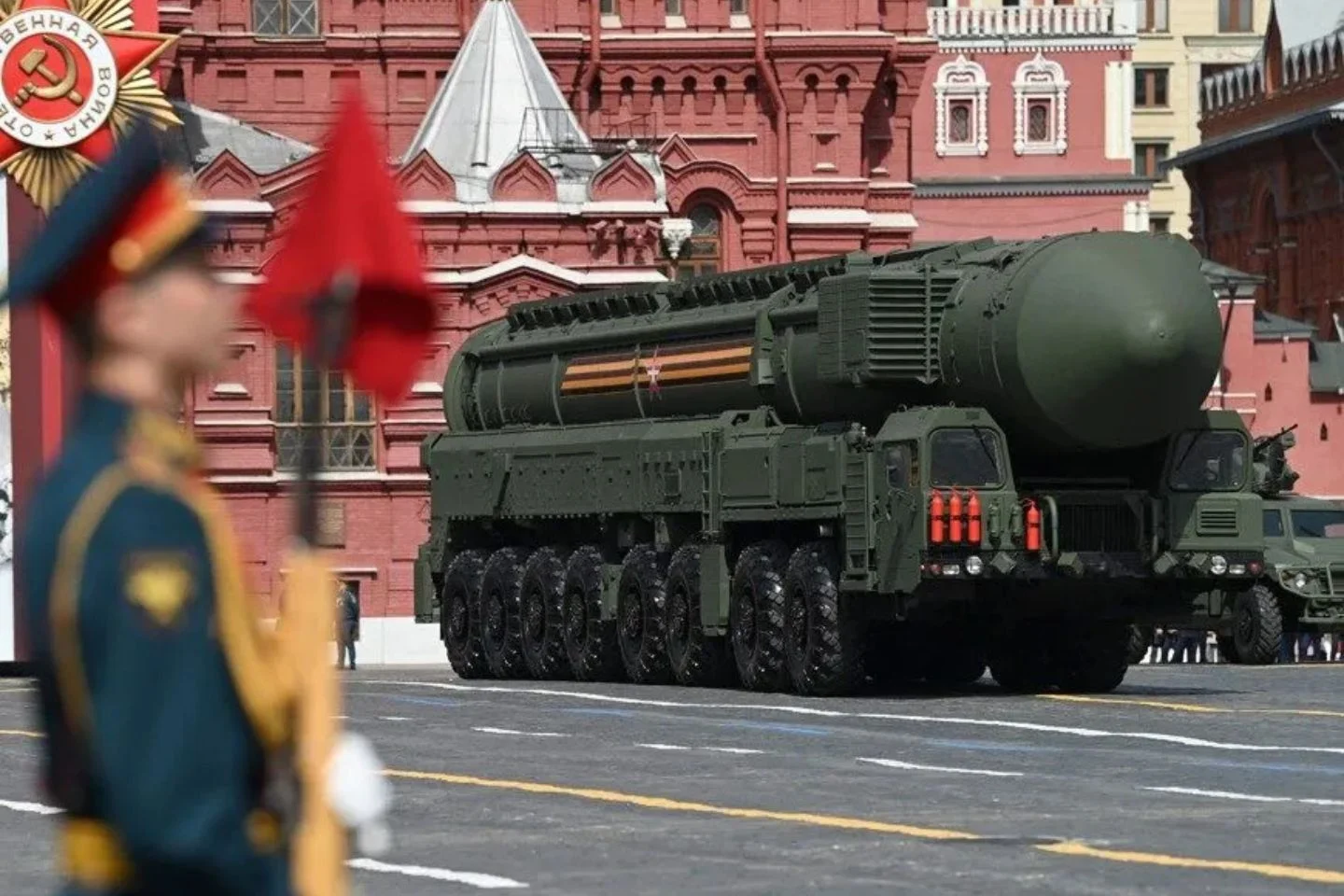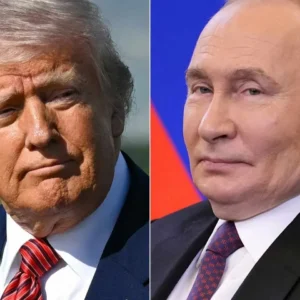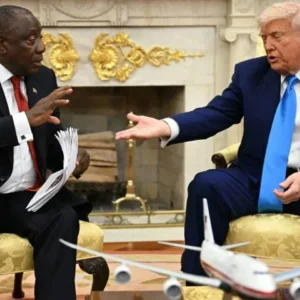According to the latest annual report by the Stockholm International Peace Research Institute (SIPRI), there is a renewed nuclear arms race, particularly in China. The current situation is alarming, with a dangerous trend emerging: nuclear weapons are making a geopolitical comeback.
According to SIPRI, there were 12,241 nuclear warheads worldwide at the beginning of 2025. Of these, 9,614 were in operational military stockpiles. Particularly worrying is that around 2,100 warheads were already on high alert – deployed on ballistic missiles, mainly in the arsenals of the US and Russia.
While the focus in the last three decades has been on reducing and controlling nuclear weapons, researchers are now observing a return to nuclear arms buildup, accompanied by aggressive rhetoric and the collapse of international arms control treaties, according to a recent report by n-tv. “The era of nuclear disarmament after the Cold War is over,” says the SIPRI report. “Instead, expansion, modernization, and nuclear threats dominate.”
The nine nuclear powers continue to arm themselves
The countries that are officially or de facto nuclear-armed include:
- United States
- Russia
- China
- France
- United Kingdom
- India
- Pakistan
- Israel
- North Korea
According to SIPRI, all nine states are investing heavily in the expansion or modernization of their nuclear forces, driven by geopolitical tensions, strategic mistrust, and security uncertainty. Russia and the US, which together possess around 90 percent of the world’s nuclear weapons, are currently maintaining their arsenals at stable levels, but are implementing comprehensive modernization programs that could enable expansion at a later date.
China is accelerating its nuclear weapons program
Particular attention is being paid to the People’s Republic of China, which is considered the most dynamic arms builder among the nuclear powers. According to SIPRI, China added about 100 new warheads to its arsenal last year, and this trend could continue.
Beijing currently has around 600 warheads, while Russia and the US each have more than 5,000. However, according to SIPRI, China is apparently striving to catch up by the end of the decade – at least in terms of the number of intercontinental ballistic missiles (ICBMs).
Loss of control over nuclear arms control
Another worrying finding in the report is the ongoing dismantling of international arms control mechanisms. Numerous disarmament agreements that have contributed to stability in the past – including the INF Treaty and the Open Skies Agreement – have either been terminated or suspended. No new agreements are in sight.
Credit: APA














Recent Comments